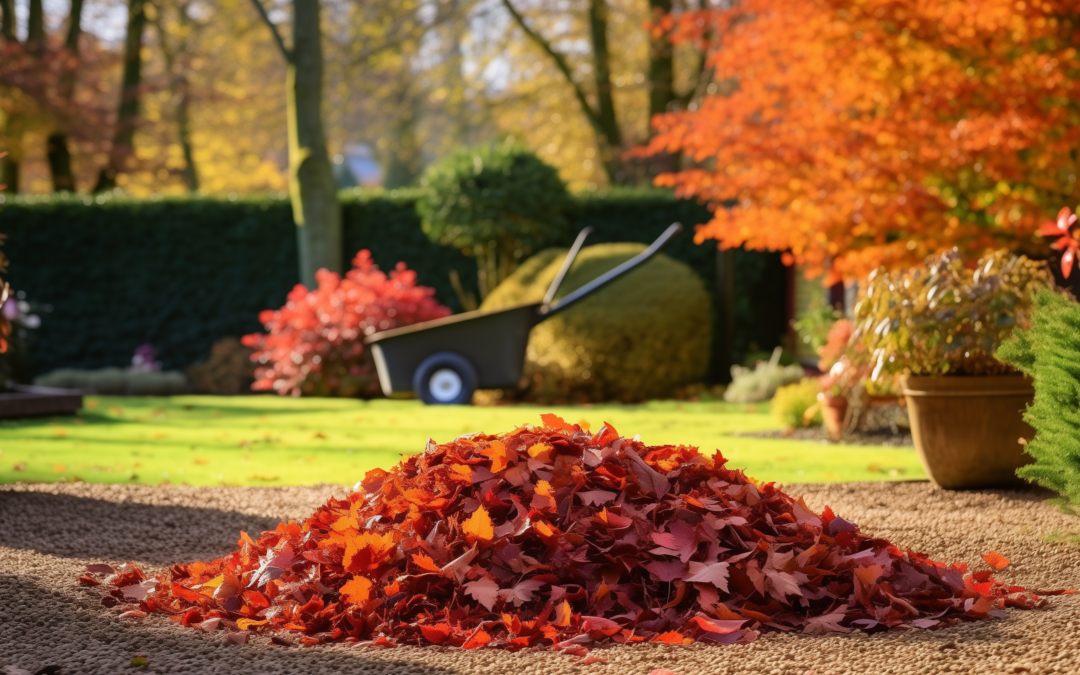Autumn’s tapestry of colorful leaves is a hallmark of the season, but the beauty of these fallen leaves can be deceiving. Leaf piles, a common sight in yards and gardens, can become breeding grounds for various pests. This article delves into the hidden dangers of leaf piles and offers guidance on managing them responsibly.
Pests in Leaf Piles
- Ticks: These parasites thrive in moist, shaded areas like leaf piles and can pose serious health risks.
- Spiders: Some species take refuge in leaf debris, potentially leading to unpleasant encounters.
- Rodents: Mice and rats find shelter and nesting material in leaf piles, bringing them closer to your home.
- Insects: Various insects, including beetles and earwigs, may also inhabit leaf piles, leading to garden infestations.
Safe Leaf Disposal
- Timely Removal: Don’t let leaf piles sit for long. Regularly collect and dispose of them to prevent pests from settling in.
- Proper Disposal: Use yard waste bags or designated compost areas for leaf disposal away from your home and garden.
Alternatives to Leaf Piling
- Mulching: Turn leaves into mulch for your garden. This not only recycles the leaves but also benefits your soil and plants.
- Composting: Add leaves to your compost bin, but ensure it’s properly managed to avoid attracting pests.
Practical Tips and Strategies
- Regular Yard Maintenance: Keep your yard clean and debris-free, especially during the fall.
- Check for Pests: Before bringing leaf piles near your home for disposal, inspect them for signs of pests.
- Educate Children: Teach kids about the potential dangers of playing in leaf piles.
Embracing Autumn Safely
While leaf piles are a quintessential part of autumn’s charm, they require careful management to prevent them from becoming havens for pests. By adopting safe disposal practices and considering eco-friendly alternatives, you can enjoy the beauty of the season without the worry of pest invasions. Let’s embrace the autumnal splendor with both enjoyment and responsibility.

